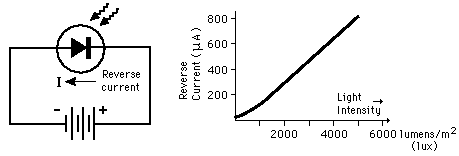Junction Diode
 |
The basic junction diode makes use of a p-n junction to achieve rectification and is widely used for that application. The property of rectification also leads to other applications such as clamping , AM detection, and FM detection. |
Electronics concepts
Diode varieties
| HyperPhysics*****Electricity and magnetism | R Nave |



